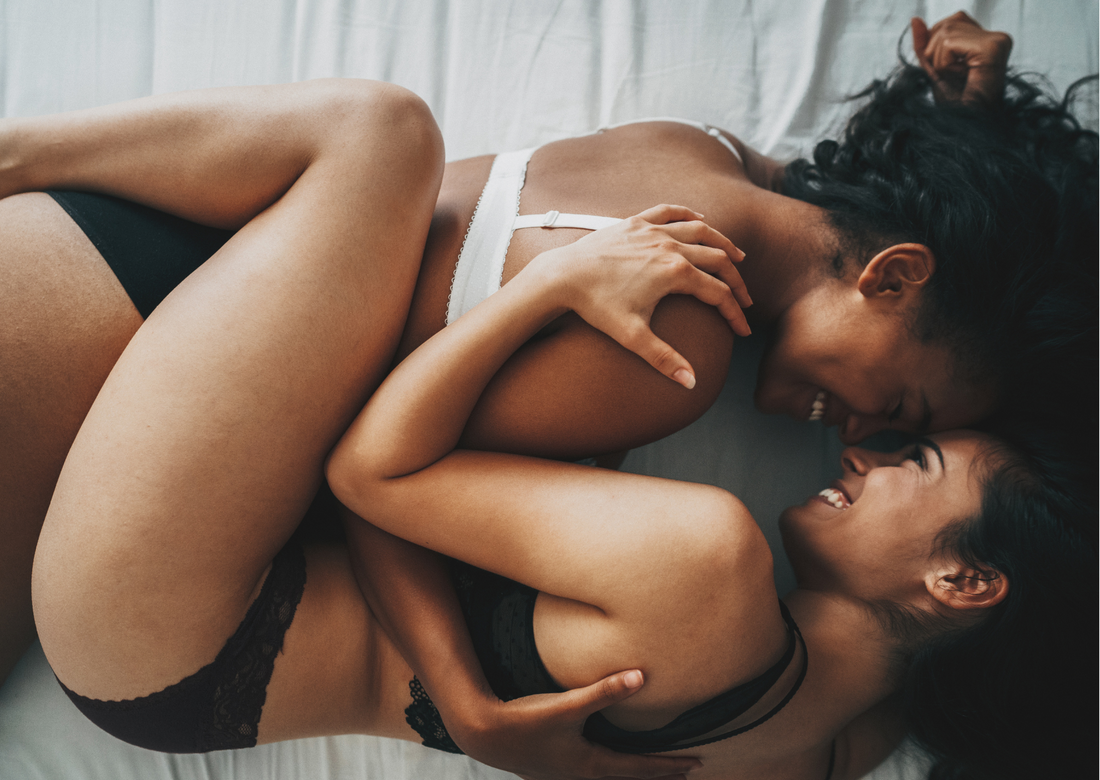Pornography has always been a part of our culture, evolving alongside society. From ancient artistic depictions to modern digital productions, the portrayal of desire has followed history’s thread. But how did it all begin? And how have representations of non-heterosexual relationships, especially between women, evolved? Let’s explore the roots of pornography and its impact on the LGBTQIA+ community, particularly on lesbian women.
1. Pornography in Ancient Times: An Artistic Legacy
Even in ancient Greece and Rome, desire was celebrated through art. Erotic scenes could be found on vases, in temples, and even in private homes. Depictions of same-sex relationships existed, though often viewed through a male gaze. A fascinating example comes from Pompeii, where images of women with other women were discovered, though these were often seen as male fantasies rather than authentic expressions of lesbian relationships.
2. The Middle Ages and the Renaissance: From Censorship to Rebirth
During the Middle Ages, the Church heavily regulated sexual expression, yet erotic texts continued to circulate underground. With the Renaissance came a reawakening of interest in erotic art. However, relationships between women were still portrayed largely through the lens of male fantasy, with little authentic control over how women were represented in these depictions.
3. The Printing Press and the Spread of Pornography
The invention of the printing press brought a wider dissemination of pornography. Erotic books and illustrations became more accessible, but once again, the male gaze dominated the scene, leaving little room for genuine portrayals of relationships between women. Still, the broader circulation of such materials marked an initial step toward visibility in the world of desire.
4. Photography and Film: New Opportunities, Old Stereotypes
The introduction of photography and film opened up a new era for pornography. Early erotic films began to visually explore sexual desire, but same-sex female relationships continued to be depicted through stereotypes or for the pleasure of a male audience. It wasn’t until later years that lesbian women began creating content that truly reflected their experiences in a more authentic way.
5. The Digital Era: Online Pornography
With the rise of the internet, pornography underwent a radical transformation. For the LGBTQIA+ community, especially for lesbian women, the web provided a space to create and share authentic content, breaking away from past stereotypes. This has allowed lesbian pornography to become more inclusive, reflecting the real desires and experiences of women.
Conclusion: An Evolving Representation
From its ancient roots to today, pornography has always mirrored the norms and changes of society. Thanks to the creative autonomy of queer people, we now see a truer, more inclusive representation of non-heterosexual sexuality, particularly for lesbian women. The journey is far from over, but the progress made so far signals a positive shift.

